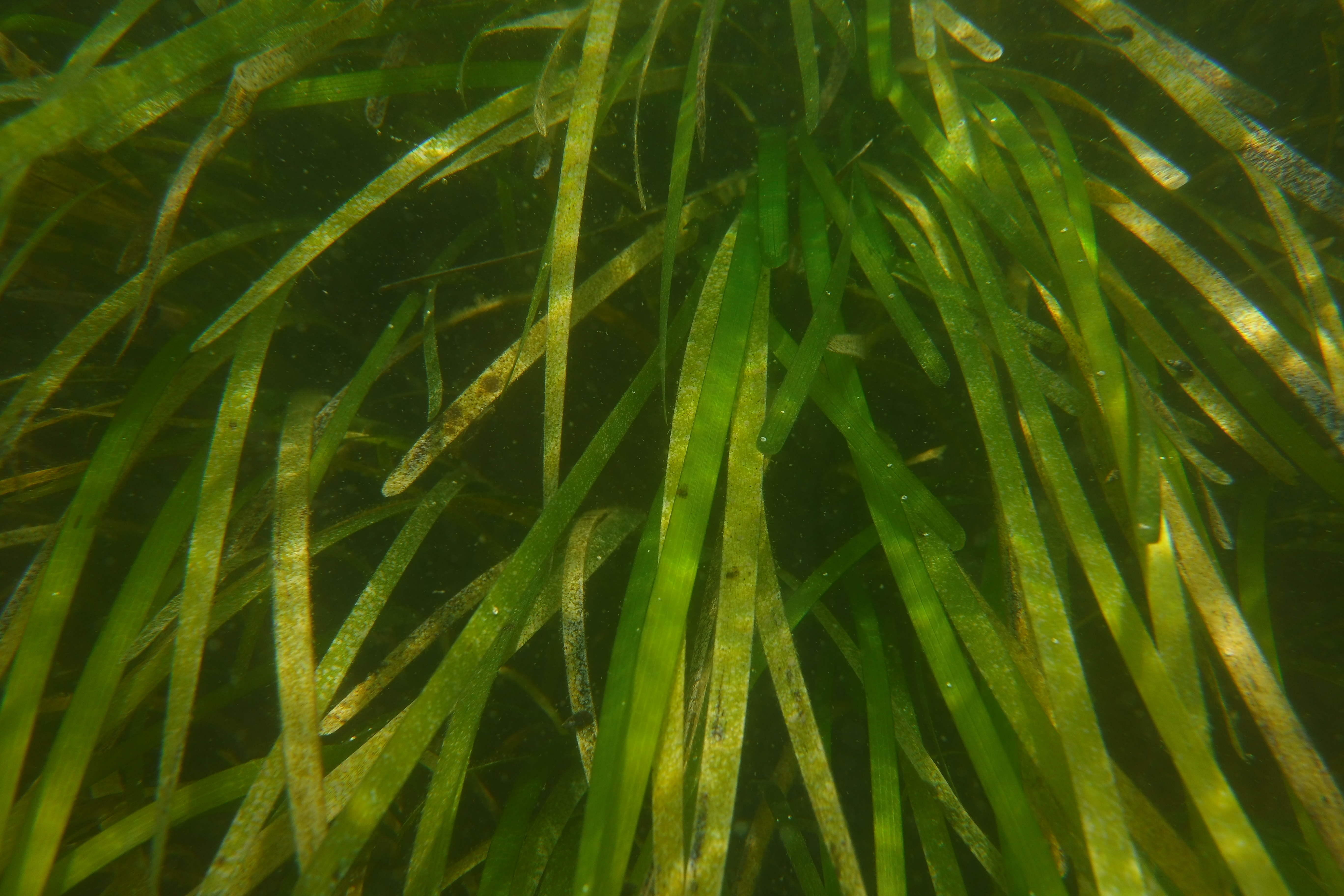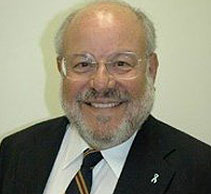SUFFOLK CLOSEUP : Robert Vasiluth Crusading To Save A Miracle Plant
 Wednesday, March 13, 2024 at 10:19PM
Wednesday, March 13, 2024 at 10:19PM SUFFOLK CLOSEUP
By Karl Grossman
The inventive Robert (Rob) Vasiluth is moving ahead in his crusade to restore eelgrass in area waters.
 Eelgrass (Photo National Parks)“Eelgrass is the miracle plant,” says Vasiluth. “It’s vital as fish habitat. It’s a nursery ground for juvenile fish. Where it grows, scallops thrive. It slows down erosion. It neutralizes acidification. It produces oxygen. It sequesters carbon 35 times faster than a terrestrial rain forest. It is the foundation of the shallow sea.”
Eelgrass (Photo National Parks)“Eelgrass is the miracle plant,” says Vasiluth. “It’s vital as fish habitat. It’s a nursery ground for juvenile fish. Where it grows, scallops thrive. It slows down erosion. It neutralizes acidification. It produces oxygen. It sequesters carbon 35 times faster than a terrestrial rain forest. It is the foundation of the shallow sea.”
But the amount of eelgrass in New York waters is now “two or three percent” of what it was in the 1930s, he says. “Pollution, dredging, algae blooms, disease, commercial fishing practices and in the last decade the rising heat in bodies of water from climate change are among the causes.”
The 9/11 attack was a turning point for Vasiluth. An operating engineer from Commack, he was in Manhattan hoisting a section of a sign high up on the Renaissance Times Square Hotel, when he saw the World Trade Center a few miles to the south being struck.
As a result, he committed himself to “saving life.”
There have been efforts to restore eelgrass by “broadcasting” eelgrass seeds on water, but that has failed, says Vasiluth. He came up with a new way.
His idea: using a glue to affix eelgrass seeds to clams. The clams would bury themselves in the sea bottom and the seeds could far better germinate, he thought. The concept has worked well.
The glue is cyanoacrylate—the ingredient that is the basis for Super Glue and Krazy Glue. It’s strong but “it’s biodegradable,” he emphasizes.
In using clams affixed with eelgrass seeds in Smithtown Bay, Great South Bay, Shinnecock Bay and Sterling Harbor off Greenport, Vasiluth has been involved with Cornell Cooperative Extension, Save the Sound, The Nature Conservancy, Seatuck Environmental Association and Stony Brook University’s School of Marine and Atmospheric Sciences.
Last year, he worked with the East Hampton Town Trustees applying his method in Napeague Harbor, considered a prime area for eelgrass restoration. He joined with John Dunne, director of East Hampton’s shellfish hatchery, and youngsters in East Hampton High School’s Environmental Awareness Club. The students glued eel grass seeds onto 1,907 clams, relates Vasiluth.
This year, he is seeking to expand the project in Napeague Harbor working with the town shellfish hatchery and Cornell Cooperative Extension, Peconic Baykeeper and Save the Sound.
Being used to spread the clams is a “machine I built” able to distribute large numbers of eelgrass seed-affixed clams from a boat.
To help in gathering eelgrass seeds, Vasiluth recently spoke about his work before the The Divers Club, and members of the West Islip-based diving group volunteered to assist.
Vasiluth says that in his eelgrass work an especially fertile site for collecting eelgrass seed has been off Fishers Island, the little island just off Connecticut that’s part of Suffolk County. He describes it as “the home of the last best eelgrass habitat in the Long Island Sound due to the work of the Fishers Island Conservancy Eelgrass Management Program.”
As to financing, Vasiluth says he has funded much of the work through the years “out of my own pocket” through an organization he has set up, SAVE Environmental.
Vasiluth has been meeting with New York State Senators Monica Martinez of Brentwood and Alexis Weik of Sayville about getting what is called a “blue carbon” credit program, such as one now in Virginia, created in New York.
About the Virginia program, the website USNature4Climate refers to it as “an exciting partnership between The Nature Conservancy, the Virginia Institute of Marine Science and the University of Virginia” that “has restored nearly 9,000 acres of eelgrass on the Virginia Coast Reserve. This partnership is part of TNC’s broader efforts to advance ‘blue carbon’ programs in the U.S. and worldwide. Blue carbon is the carbon sequestered in coastal wetlands like seagrass meadows, tidal grasslands and mangrove forests. In addition to restoring marine habitat, UVA research has shown that blue carbon projects like this present a significant opportunity to mitigate climate change.”
Vasiluth told me last week: “The public doesn’t realize how devastating the loss of eelgrass has been. It’s a crisis. It’s an emergency.”
Doing something about this is his life’s crusade that, he says, “we all should be focused upon because it is the habitat that saves us in so many ways.” Rob can be reached at rvasiluth@gmail.com
 Karl Grossman is a veteran investigative reporter and columnist, the winner of numerous awards for his work and a member of the L.I. Journalism Hall of Fame. He is a professor of journalism at SUNY/College at Old Westbury and the author of six books.
Karl Grossman is a veteran investigative reporter and columnist, the winner of numerous awards for his work and a member of the L.I. Journalism Hall of Fame. He is a professor of journalism at SUNY/College at Old Westbury and the author of six books.






Reader Comments